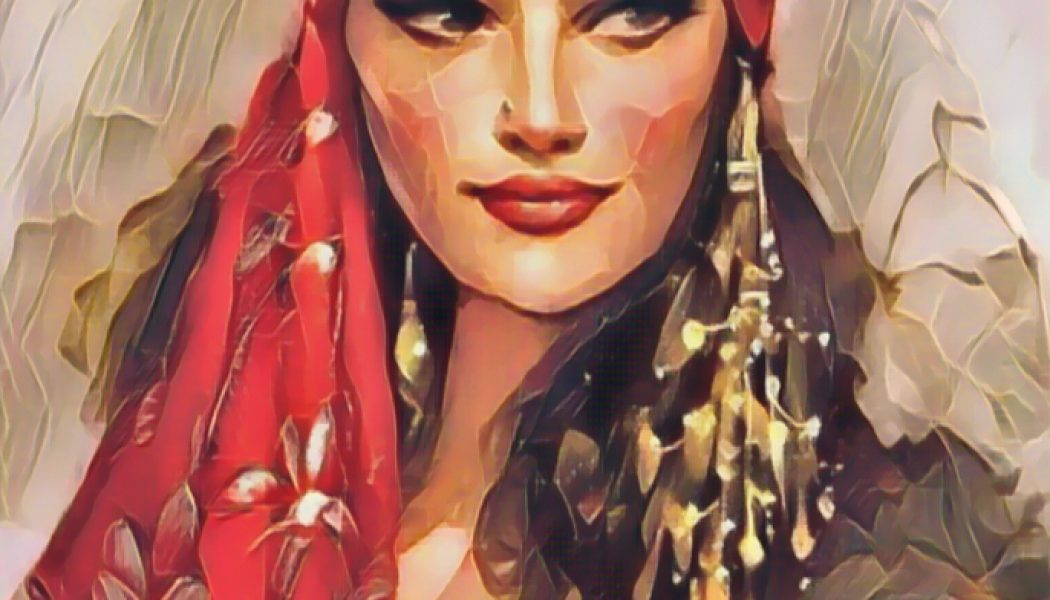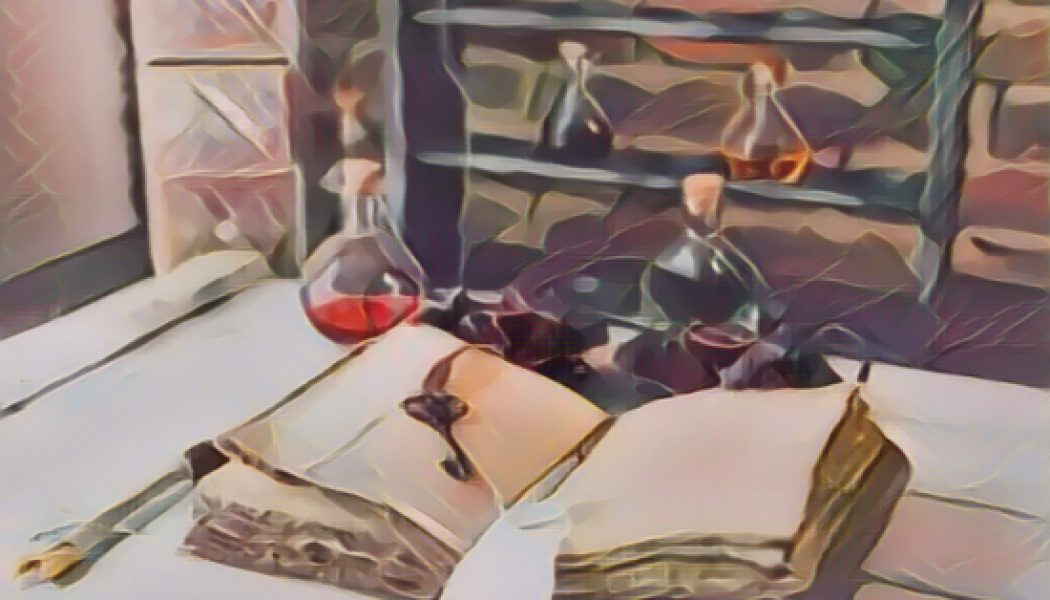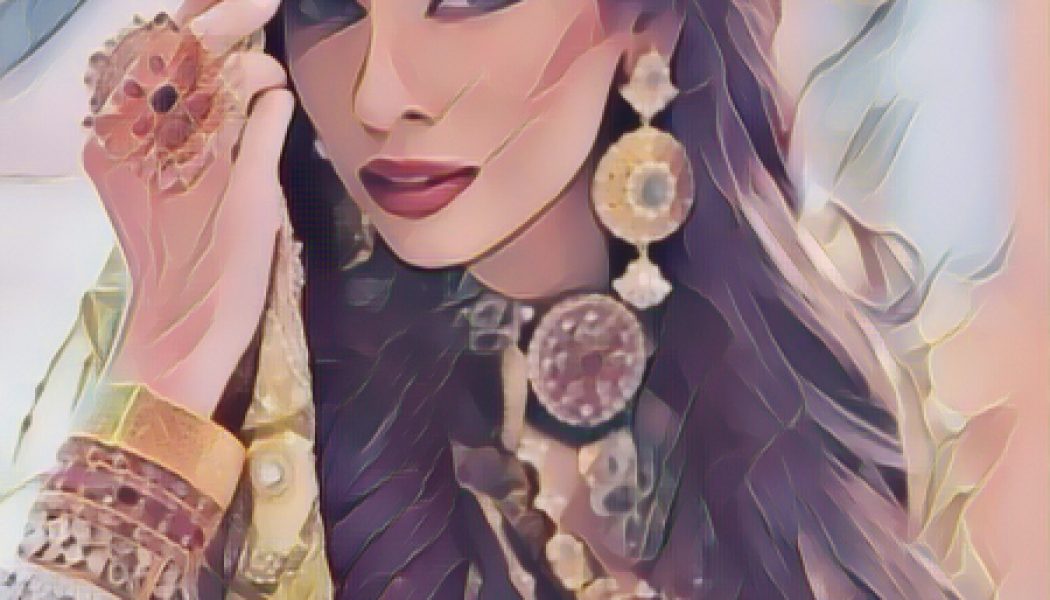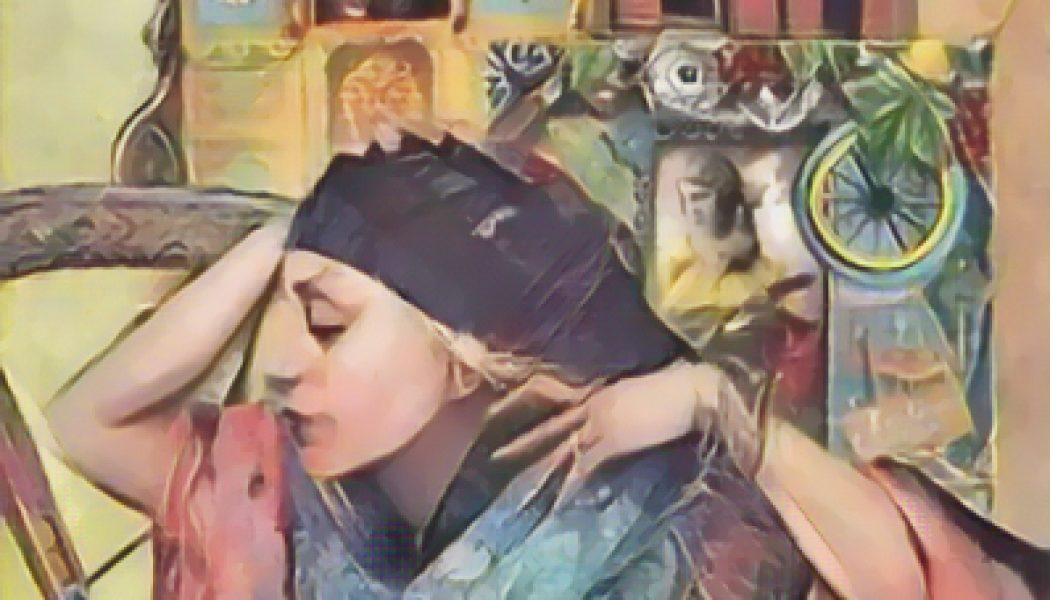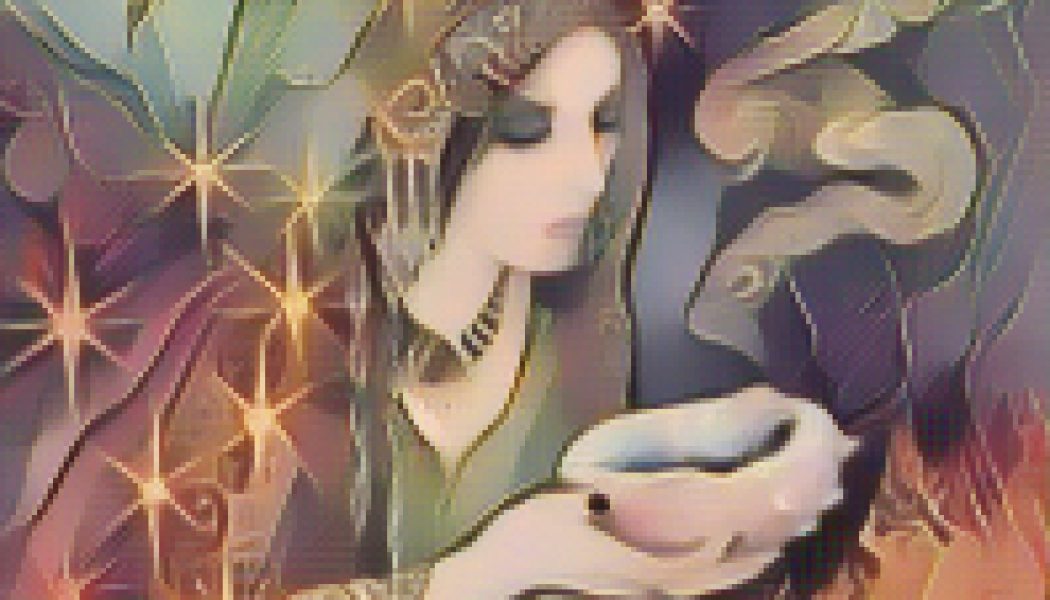Gypsy Magick
Gypsy Protection Spell
The Gypsies placed great value in the power of cards. This simple spell was used to protect the family from those wishing them harm. On the face side of the ace of spades, the person’s name is written...
Gypsy Love Potion
According to Gypsy lore, this is guaranteed to make the one you desire fall head over heels in love with you. To make the potion you will need one ripe apple, several rose petals, and a sweet red wine...
Gypsy
Gypsy is a corruption of the word Egyptian and refers to Little Egypt, or lesser Egypt. The people who came from this area on the outskirts of Egypt were highly skilled in natural magick and were espe...
Gypsy Sorcery and Fortune Telling
It is no great problem in ethnology or anthropology as to how gypsies- became fortune-tellers.We may find a very curious illustration of it in the wren.This is apparently as humble, modest, prosaic li...
Gypsies
Gypsies Nomadic, are people who probably emerged out of northern India around the 10th century and spread throughout Europe, the British Isles and eventually America. Gypsy tradition has little in the...
